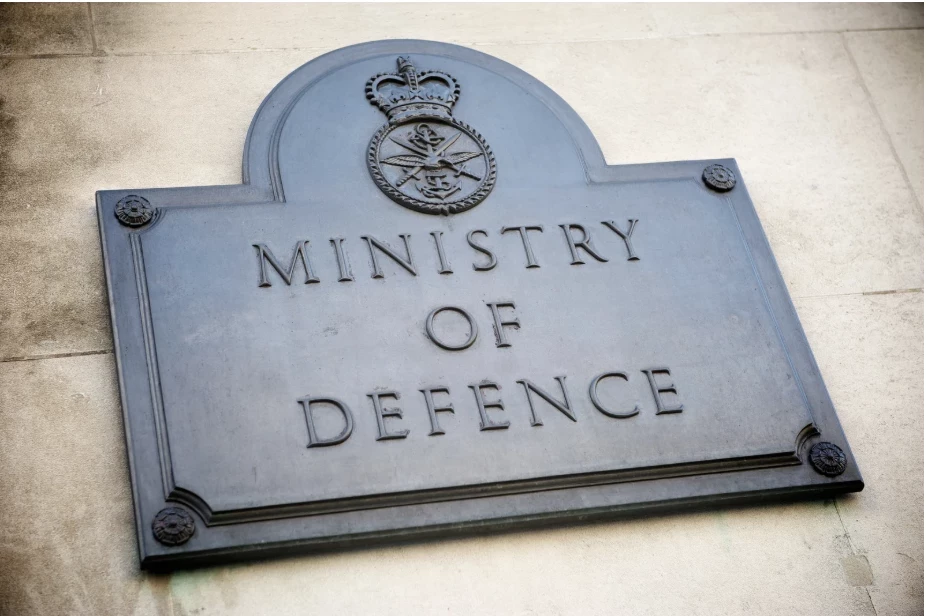New global drone standards proposed
The drone Standards will play an essential role in guiding how drones are used safely and effectively in a framework of regulatory compliance.
Add bookmarkA significant milestone for the drone industry
Drones are increasingly being used in a broad range of activities. As they become smaller, faster, and more numerous, questions have started to emerge over the increasing proliferation of commercial drones and the issues this generates to civilian safety.
A report published in April 2018 by PWC, estimated that the aerial drone industry alone (excluding surface, underwater and space) would contribute £42 billion to UK GDP and create 628,000 jobs by 2030. In addition, a 2018 market report estimates that the anti-drone market will grow to almost $1.85bn by 2024.
Indeed, drone legislation has been scarce and generally differs from country to country. General laws relating to privacy, aviation, data protection and are applicable to drones, but it could be questioned whether they provide sufficient safeguards.
Fortunately, the long-awaited first-ever world drone Standards are being released by the International Standards Organisation (ISO). They will also create a catalyst for the expansion of one of the key industries that will determine the future global performance of UK plc.
Counter drone technology. Source: OpenWorks Engineering. Gif: Defence IQ
The new, long-awaited Standards have been developed after several years of global collaboration between standards institutions from across the world and are expected to trigger rapid acceleration of growth within the drone industry as organisations throughout the world are galvanised to adopt drone technology against a new background of reassurance on safety and security.
"The new Standards will play an essential role in guiding how drones are used safely and effectively in a framework of regulatory compliance."
The ISO Draft International Standards for Drone Operations are formally released today for public consultation, with drone professionals, academics, businesses and the general public is invited to submit comments by 21 Jan 2019 with final adoption of these Standards expected in the US, UK and worldwide in 2019.
This is the first important step in the standardisation of the global drone industry, encompassing applications for all environments - Surface, Underwater, Air and Space.
RECOMMENDED: The future of drone and counter-drone technology
The first drone Standards, announced today, are particularly significant for the general public and Government, in that they address Operational Requirements of the more recognised and prevalent issues, including protocols on safety, security and overall ‘Etiquette’ for the use of drones, which will shape regulation and legislation going forward.
The security threat posed by the misuse of commercially-available UAV technology has become a serious concern, particularly for the defence and intelligence world. A simple online search today presents a list of thousands of incidents involving improper drone flights, from near misses to crashes, with thousands of accounts being confirmed in 2018.
Here is a breakdown of the ISO Standards.
Air safety
A prime characteristic of the ISO Standards announced today, is their focus on air safety, which is at the forefront of public attention in connection with airports and other sensitive locations.
The new Standards act as a new ‘etiquette’ for drones which promote and reinforce compliance regarding no-fly zones, local regulation, flight log protocols, maintenance, training and flight planning documentation. Social responsibility is also at the heart of the Standards, strengthening the responsible use of a technology that aims to improve and not obstruct everyday life.
The effectiveness of the Standards in improving air safety will be further strengthened by the rapid development of geo-fencing* and of counter-drone technology*, providing frontline protection against ‘rogue’ drone use.
Privacy and data protection
The Standards are also set to address public concerns surrounding privacy and data protection, demanding that operators must have appropriate systems to handle data alongside communications and control planning when flying.
RELATED: UAS detection market booms
The hardware and software of all related operating equipment must also be kept up to date. Significantly, the fail-safe of human intervention is required for all drone flights, including autonomous operations, ensuring that drone operators are accountable.
The exciting future for drones
Empowered by Standards, drones are set to provide the key to some of the most pressing economic, transport, security, environmental and productivity challenges faced by governments and industry throughout the world, reducing road traffic, easing congestion, saving lives through a reduction in accidents and reducing pollution in our cities.
As well as speeding up the delivery of large-scale infrastructure projects, drones are expected to reduce the need for some major transport projects altogether.
"The new Standards act as a new ‘etiquette’ for drones which promote and reinforce compliance regarding no-fly zones, local regulation, flight log protocols, maintenance, training and flight planning documentation"
New exciting applications for drones are being developed daily. In particular revolutionary approaches are emerging for freight and passenger transportation, with drones providing a cost-effective and environmentally responsible alternative to traditional methods, relieving the burden on our already stretched road traffic system.
Further applications in the agricultural, maritime, construction and energy sectors, among others, are already transforming businesses, with all industries and business sectors set to benefit from the Standards-led adoption of drone technology.
The impact on UK Plc
The excitement surrounding the growth potential of the drone industry worldwide has been fermented through attempts to forecast its economic impact. For instance, PWC recently predicted that the UK aerial drone industry will contribute £42 billion and 628,000 jobs to the UK economy by 2030, while Goldman Sachs estimates that drones worldwide are evolving into a $100 billion market by 2020.
But these predictions only address aerial drones, and it is, therefore, clear that the economic benefits offered by drone technology are vast, and set to grow further, particularly when Surface, Underwater, Air and Space applications are taken into account in their entirety.
RELATED: Taking back the sky: Counter UAS
Commenting on today’s announcement, Robert Garbett, Convenor of the ISO Working Group responsible for global drone operational Standards, said: “I am delighted that we have now reached the point where the first ever Standards for the global drone industry are ready for public consultation after 3 years of hard work and international cooperation between ISO, BSI and Standard’s bodies across the world, with final adoption expected in 2019.
Counter drone technology. Source: Rheinmetall. Gif: Defence IQ
“It’s very encouraging that the UK Government is a world leader in recognising the importance of this vital business sector. Informed by the first drone Standards, it is expected that the forthcoming UK Drone Bill, due in early 2019 will create a regulatory framework that allows the industry to flourish in an environment that is both safe and responsible."
Indeed, developments in size, weight and power (SWaP) optimised technologies have driven these improvements, allowing smaller man-portable systems more flexible tactical capability, and enhancing larger medium-altitude long-endurance (MALE) class UASs.
In an age of contracting defence budgets, this is a huge step forward. Rather than costing governments billions of dollars on countering dangerous systems, the Standards will temper the market to put reasonable buffers in place to place civilian safety at the forefront.
For more on drones check out this article: This is how militaries can defend against drones






















